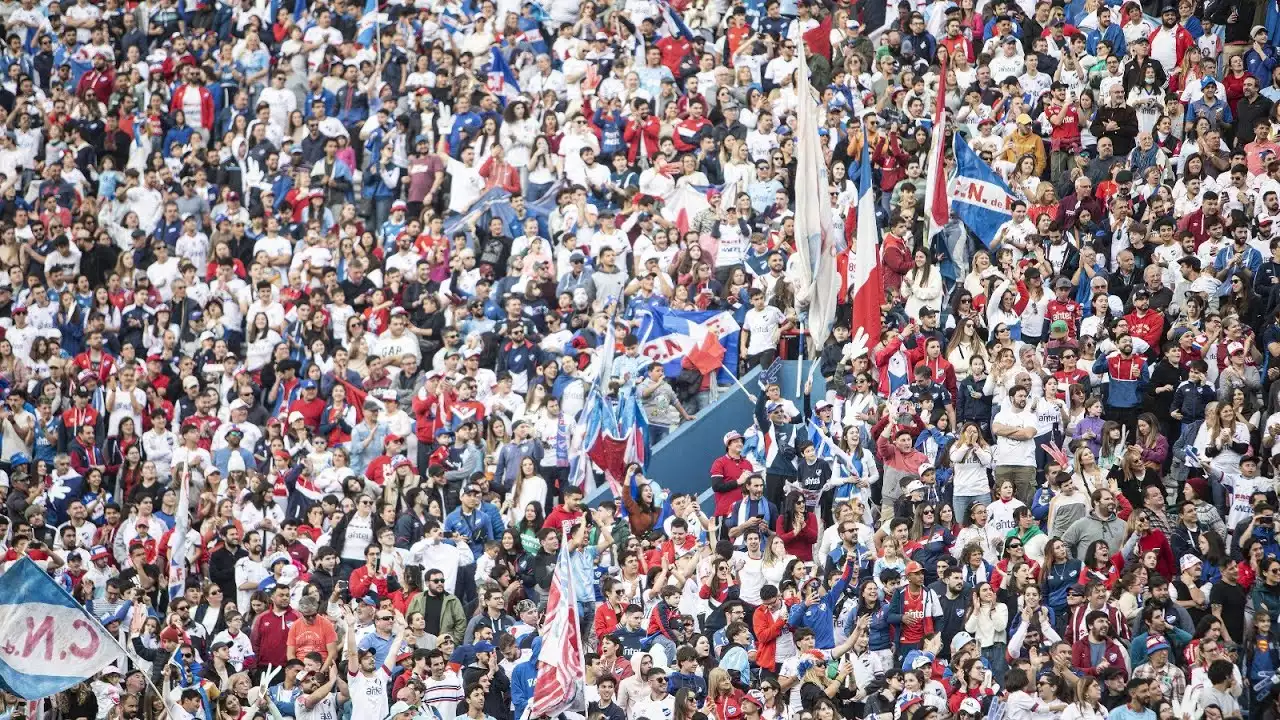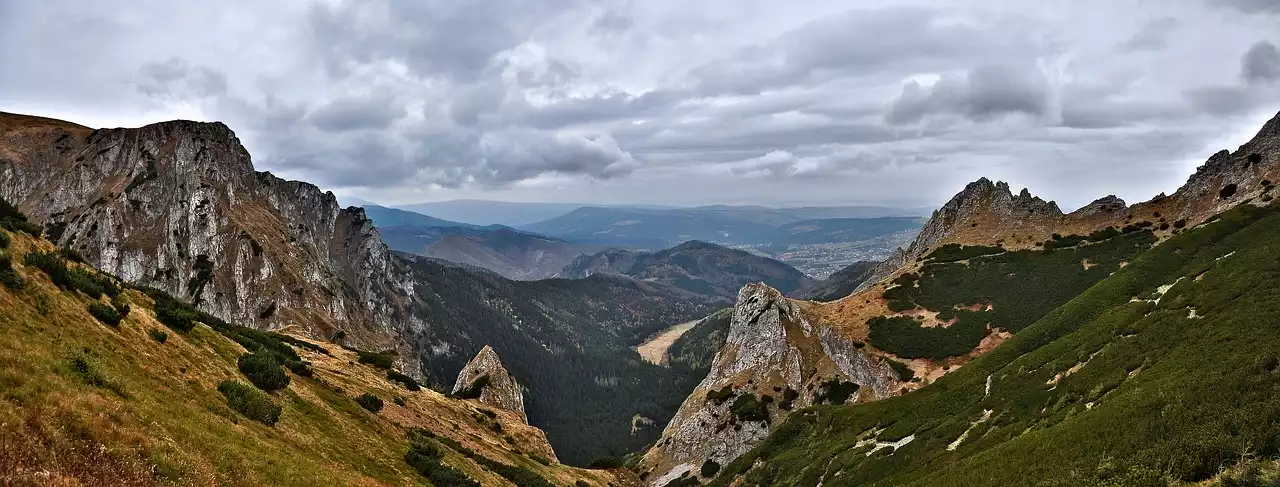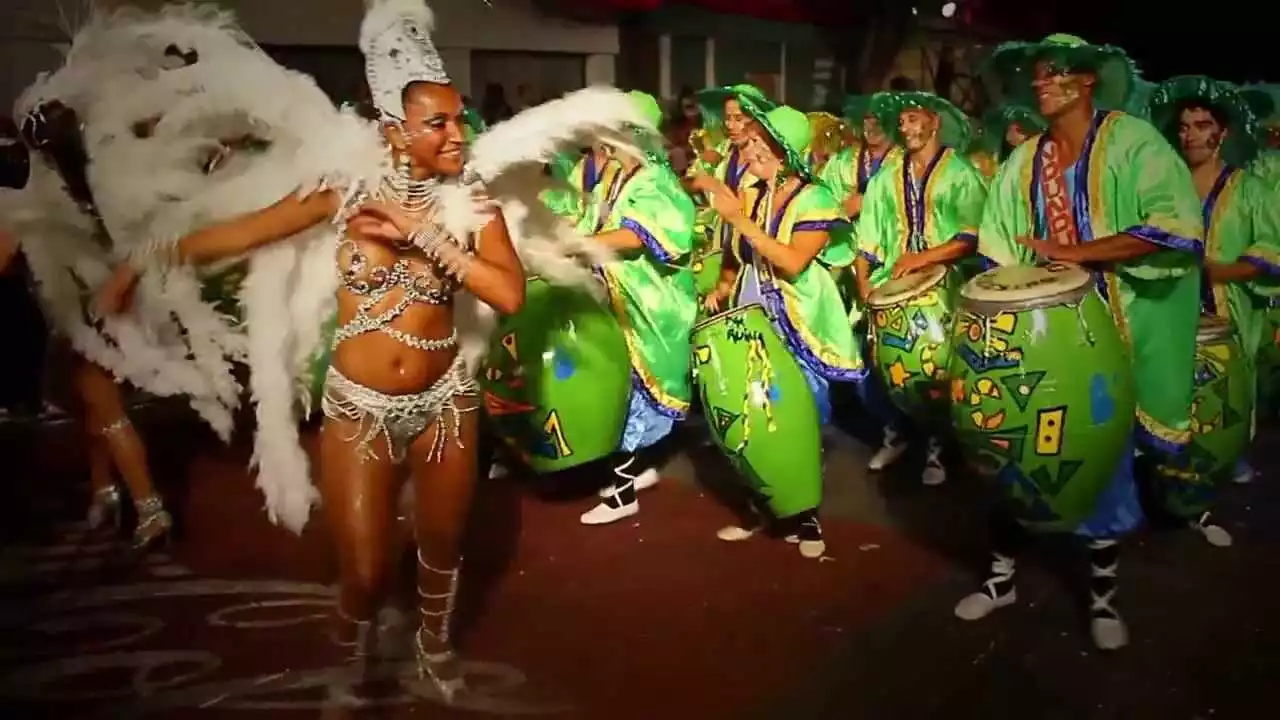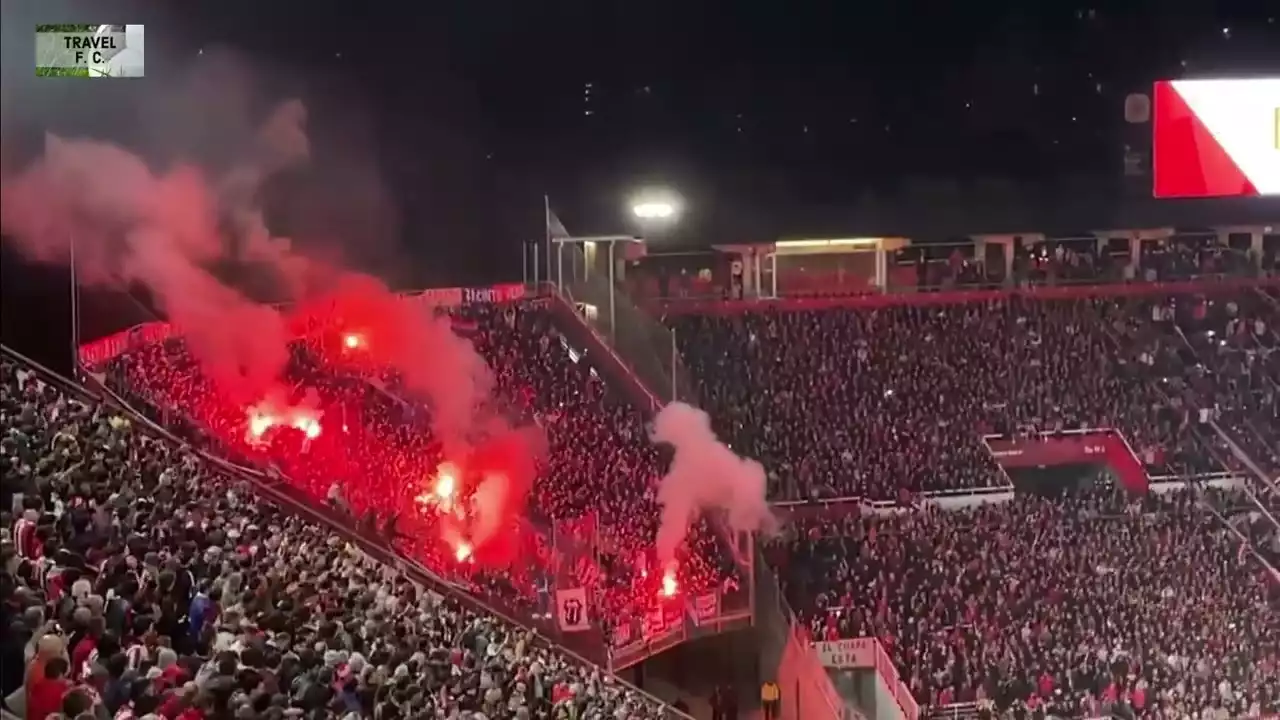The History and Origins of Ultra Groups in the Uruguayan Primera Division
Ultra groups in the Uruguayan Primera Division have a rich history that dates back several decades. These groups emerged in the 1960s and 1970s as a response to the growing commercialization of football and the desire for fans to reclaim their role in supporting their teams. Inspired by European ultras, Uruguayan fans formed their own groups, characterized by their unwavering loyalty, intense passion, and dedication to their respective clubs.
The origins of ultra culture in Uruguay can be traced back to the political climate of the time. The country was under a military dictatorship, and football provided an outlet for fans to express their frustrations and unite against the oppressive regime. Ultra groups became a symbol of resistance, using their collective voice and presence to challenge the status quo and advocate for change. Over the years, ultra groups in Uruguay have evolved and adapted, but their passion and commitment to their teams remain unwavering.
The Significance and Impact of Ultra Groups on the Local Football Scene
Ultra groups have had a profound impact on the local football scene in Uruguay. Their unwavering support and passionate displays create an electric atmosphere in the stadiums, turning matches into unforgettable experiences for both players and fans. The presence of ultra groups adds an element of intensity and excitement to the game, pushing players to give their all on the pitch.
Beyond the matchday experience, ultra groups play a crucial role in shaping the identity of their respective clubs. They are often involved in community initiatives, organizing charity events, and supporting local causes. Ultra groups also act as a voice for the fans, advocating for their rights and ensuring their concerns are heard by the clubs and authorities.
Ultra Groups and Their Role in Supporting Their Respective Teams
Ultra groups in the Uruguayan Primera Division are known for their unwavering support and dedication to their clubs. They are the lifeblood of the teams, providing constant encouragement and motivation. From organizing pre-match gatherings to traveling en masse to away games, ultra groups leave no stone unturned in their quest to support their teams.
One of the most iconic aspects of ultra culture is the vibrant displays of choreographed banners and pyrotechnics. These visually stunning spectacles serve as a form of communication and expression, conveying messages of support, solidarity, and pride. The meticulous planning and execution of these displays showcase the immense dedication and creativity of ultra group members.
The Rituals, Chants, and Displays Associated with Ultra Culture
Rituals, chants, and displays are an integral part of ultra culture in the Uruguayan Primera Division. These rituals serve as a way for ultra group members to bond, express their passion, and create a unique identity for their group. From the moment they enter the stadium, ultra group members immerse themselves in a world of sensory experiences, uniting their voices and energy to create an atmosphere that is unparalleled.
Chants are a powerful tool used by ultra groups to rally their fellow fans and intimidate opponents. These chants are often accompanied by synchronized movements, creating a mesmerizing spectacle that reverberates throughout the stadium. The chants are carefully crafted, incorporating club traditions, historical references, and messages of support for the players. These chants not only motivate the team but also instill a sense of belonging and unity among the fans.
Controversies and Challenges Faced by Ultra Groups in the Uruguayan Primera Division
While ultra groups are an integral part of the Uruguayan football experience, they have not been without controversies and challenges. One of the main concerns surrounding ultra culture is the occasional violence that erupts between rival groups. These clashes can mar the reputation of ultra groups and overshadow the positive contributions they make to the football scene. Additionally, there have been instances of discriminatory behavior and offensive chants that have sparked debates about the boundaries of fan expression.
Ultra groups also face challenges from authorities and clubs who sometimes view them as a liability due to the potential for violence. This has led to increased security measures and stricter regulations that can limit the freedom and spontaneity of ultra group activities. Strike a balance between enabling the passionate support of ultra groups while ensuring the safety and well-being of all fans remains a constant challenge.
The Influence of Ultra Culture on the Atmosphere and Fan Experience at Matches
The influence of ultra culture on the atmosphere and fan experience at matches cannot be overstated. The presence of ultra groups adds an unmatched level of energy and excitement to the stadium, creating an immersive experience for both fans and players. The thunderous chants, the vibrant displays, and the palpable passion unite fans in a shared love for the game and their respective clubs.
For many fans, attending a match with an ultra group is more than just watching a game; it is a transformative experience. The chants, rituals, and displays create a sense of belonging and camaraderie among fans, fostering a community spirit that extends beyond the 90 minutes on the pitch. The atmosphere created by ultra groups is often described as electric, with the energy and enthusiasm contagious to everyone present.
Ultra Groups and Their Relationship with the Clubs, Players, and Authorities
The relationship between ultra groups, clubs, players, and authorities is complex and multifaceted. While ultra groups are fiercely loyal to their clubs, there are instances where tensions arise. Ultra groups often express their discontent with club decisions, player performances, or managerial choices through protests and public displays of dissatisfaction. This can create a strained relationship between ultra groups and the clubs, but it also serves as a reminder of the passionate and vocal nature of ultra culture.
Authorities often view ultra groups with skepticism, concerned about potential violence and security issues. This has led to increased surveillance and stricter regulations imposed on ultra group activities. However, there have also been instances where clubs and authorities have recognized the positive contributions of ultra groups and have worked together to create a safe and inclusive environment for all fans.
The Future of Ultra Culture in the Uruguayan Primera Division
As the Uruguayan Primera Division continues to evolve, the future of ultra culture remains uncertain. The ongoing challenges and controversies faced by ultra groups, coupled with changing societal dynamics, create a complex landscape for the future of ultra culture. However, one thing is certain: the passion, dedication, and unwavering support of ultra groups will endure.
It is important for all stakeholders, including clubs, authorities, and fans, to recognize the unique value that ultra groups bring to the football experience. Finding a balance between preserving the vibrant and passionate nature of ultra culture while addressing concerns and ensuring the safety of all fans will be crucial for its future sustainability.
The Enduring Passion and Fervent Support of Ultra Groups
Ultra culture in the Uruguayan Primera Division is a captivating and integral part of the football experience. The history, rituals, and displays associated with ultra groups create an electric atmosphere in the stadiums, uniting fans in their love for the game and their respective clubs. While ultra culture is not without its controversies and challenges, the enduring passion and fervent support of ultra groups will continue to shape the Uruguayan football scene for years to come. Whether you are a die-hard fan or a casual observer, experiencing a match with an ultra group is an experience like no other, a journey into a world where passion knows no bounds and the love for the game reigns supreme.










